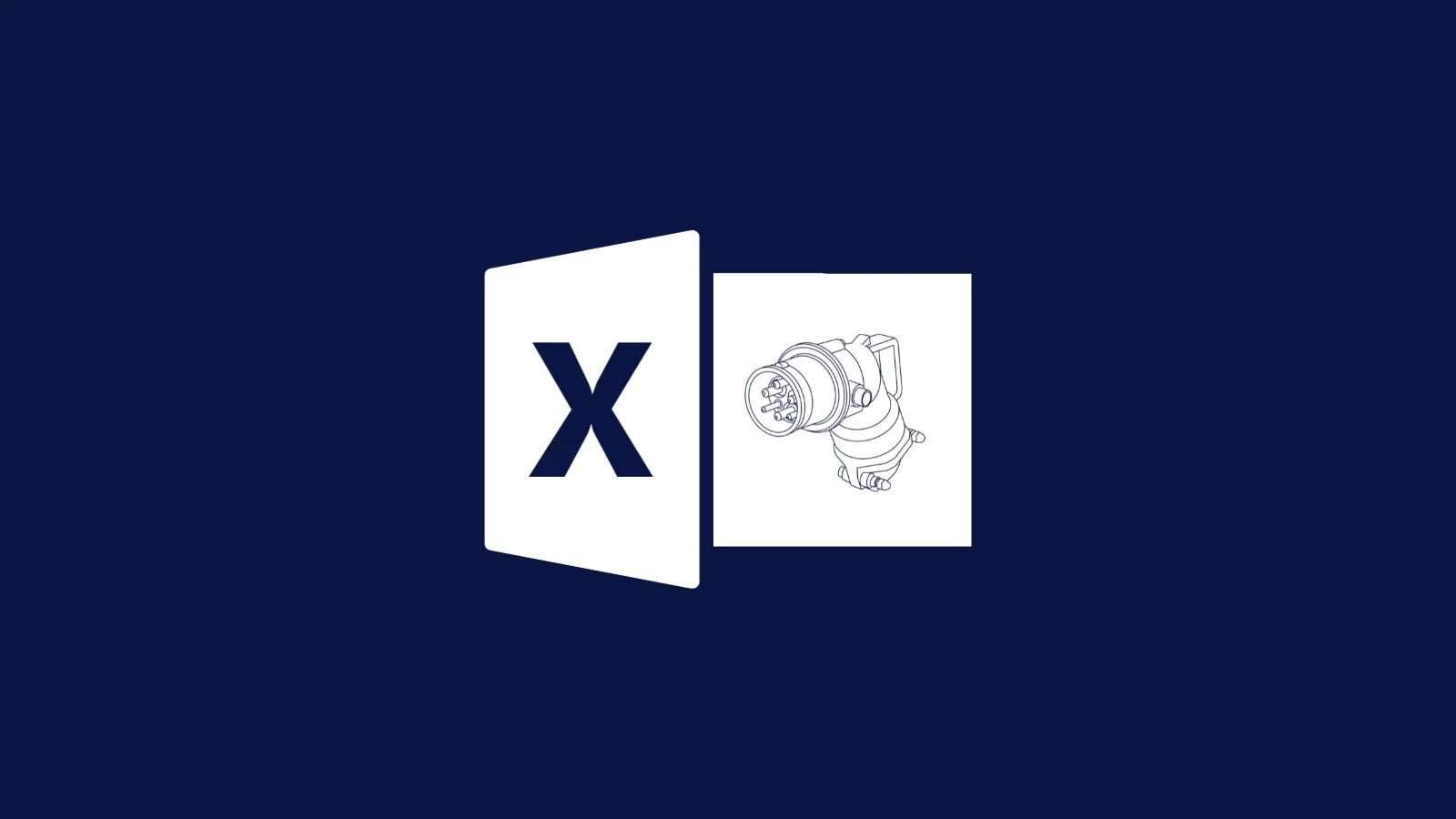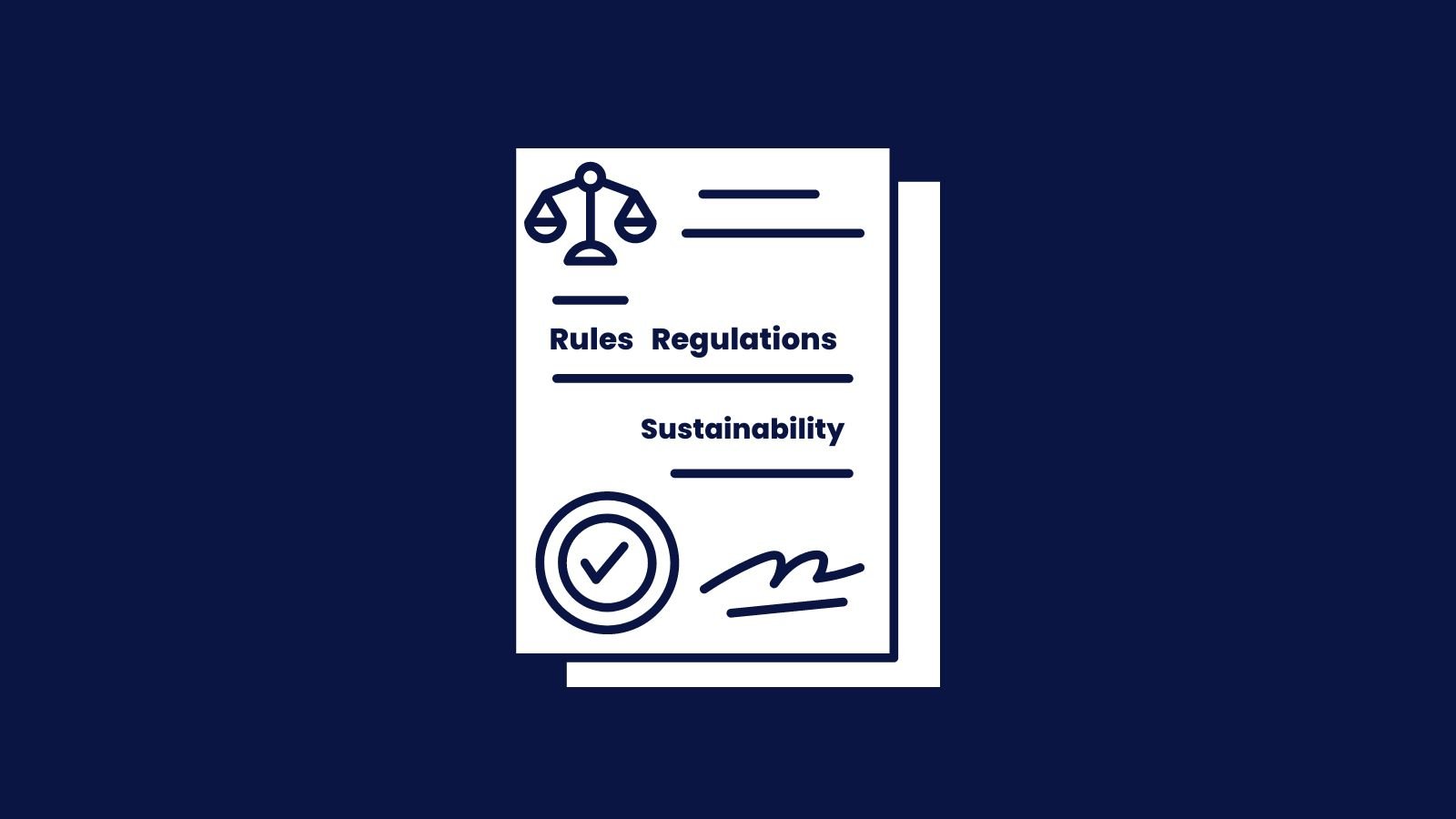Sustainable Ships Database
Access information to 10,000+ ships
The Sustainable Ships Database contains detailed information on over 10,000 ships, including specifications such as gross tonnage (GT), deadweight tonnage (DWT), length, breadth, and draught. The database also covers Main Engine Aux Engine, Dimensions, additional equipment, cargo capacities. Additional data includes hull material, flag, port of registry, and ownership details. Users can also find information on passenger capacity, tank capacities, lifting equipment, and environmental performance metrics.



You might also like
Calculate and optimize voyage costs for different vessels, routes, and scenarios
Explore decarbonization pathways for your ship by comparing technologies, CAPEX, OPEX and more
Calculate and compare total costs or VLSFO equivalent costs for three fuels. Includes fuel, EU ETS and FuelEU costs.
Make a business case for shore power infrastructure by determining CAPEX, OPEX and kWh price for shore and ship
Download a comprehensive Excel database with contacts on hundreds of organizations for maritime sustainability
Determine the average shore power demand in for different ship types to asses (on)shore power infrastructure requirements
Navigate information to thousands of vessels with ease in order to make a business case for regulatory impact or refits on a specific ship.
Make a business case for a battery pack (while in port) for a single engine
Make a business case for a shore power refit on board your ship including a techno-economic feasibility report
Optimize your FuelEU pooling strategy by comparing FuelEU, ETS and fuel costs while pooling up to ten ships
Determine fuel strategies for your ship by comparing FuelEU penalty, EU ETS and fuel costs
Explore IEC/IEEE 80005 standards and determine the right sockets and plugs requirements for your ship type
Download PDF copy of Project BOEI, a techno-economic feasibility study on the offshore charging of tankers at the Scheveningen anchorage
Download a guide that provides techno-economic guidance for the use of Ship-Based Carbon Capture onboard your vessel, including operational impact, logistics and of course the costs for implementation
Explore techno-economic requirements and determine costs for the use of methanol on board your ship
Download a guide that provides techno-economic guidance for the use of Ship-Based Carbon Capture onboard your vessel, including operational impact, logistics and of course the costs for implementation
Determine and calculate the Specific Fuel Consumption (SFC) of marine engines






















![Specific Fuel Consumption [g/kWh] for Marine Engines](https://images.squarespace-cdn.com/content/v1/6155b5bdada6ea1708c2c74d/1738865813434-YLZ4UTVRNRQZJ4U1SE6S/SFC+Thumbnail.png)

Model voyage expenses based on fuel use, port fees, and operational conditions